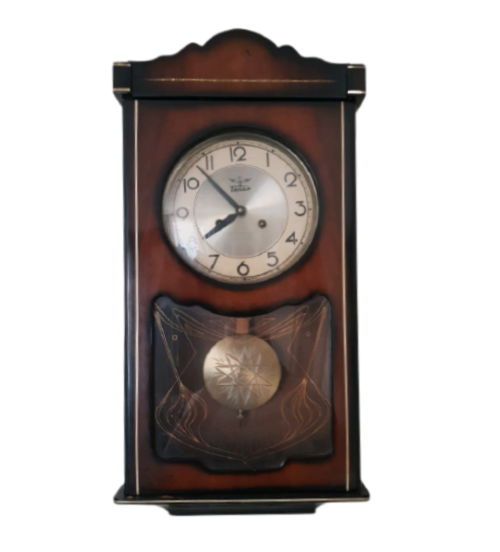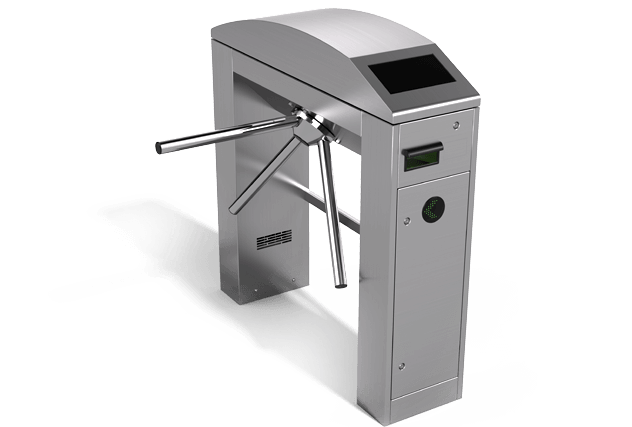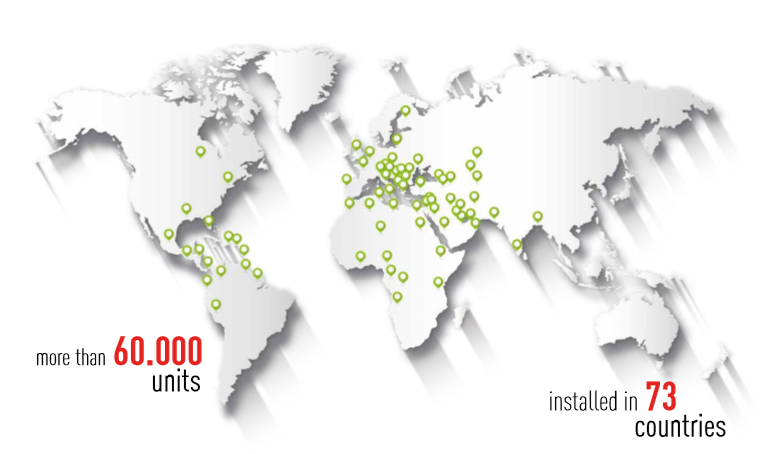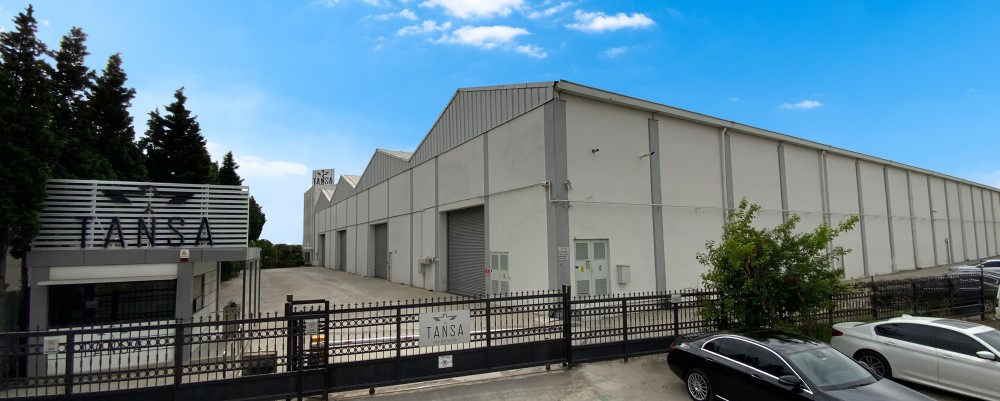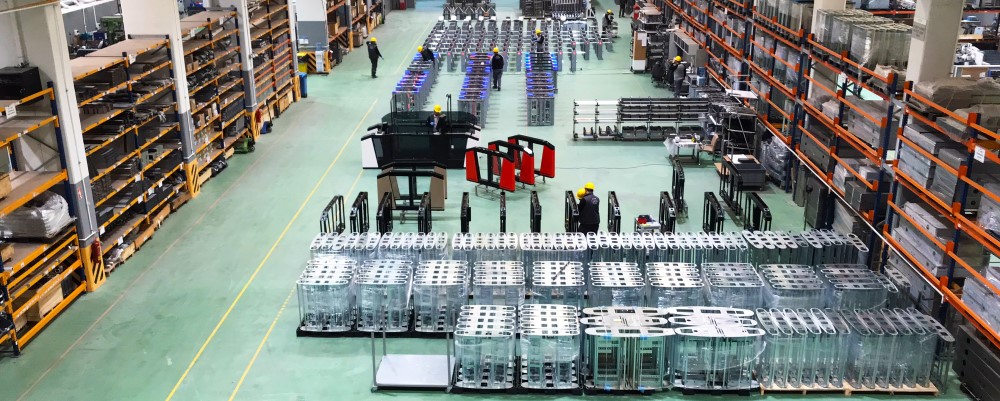The world is changing, and industry demands are rapidly increasing
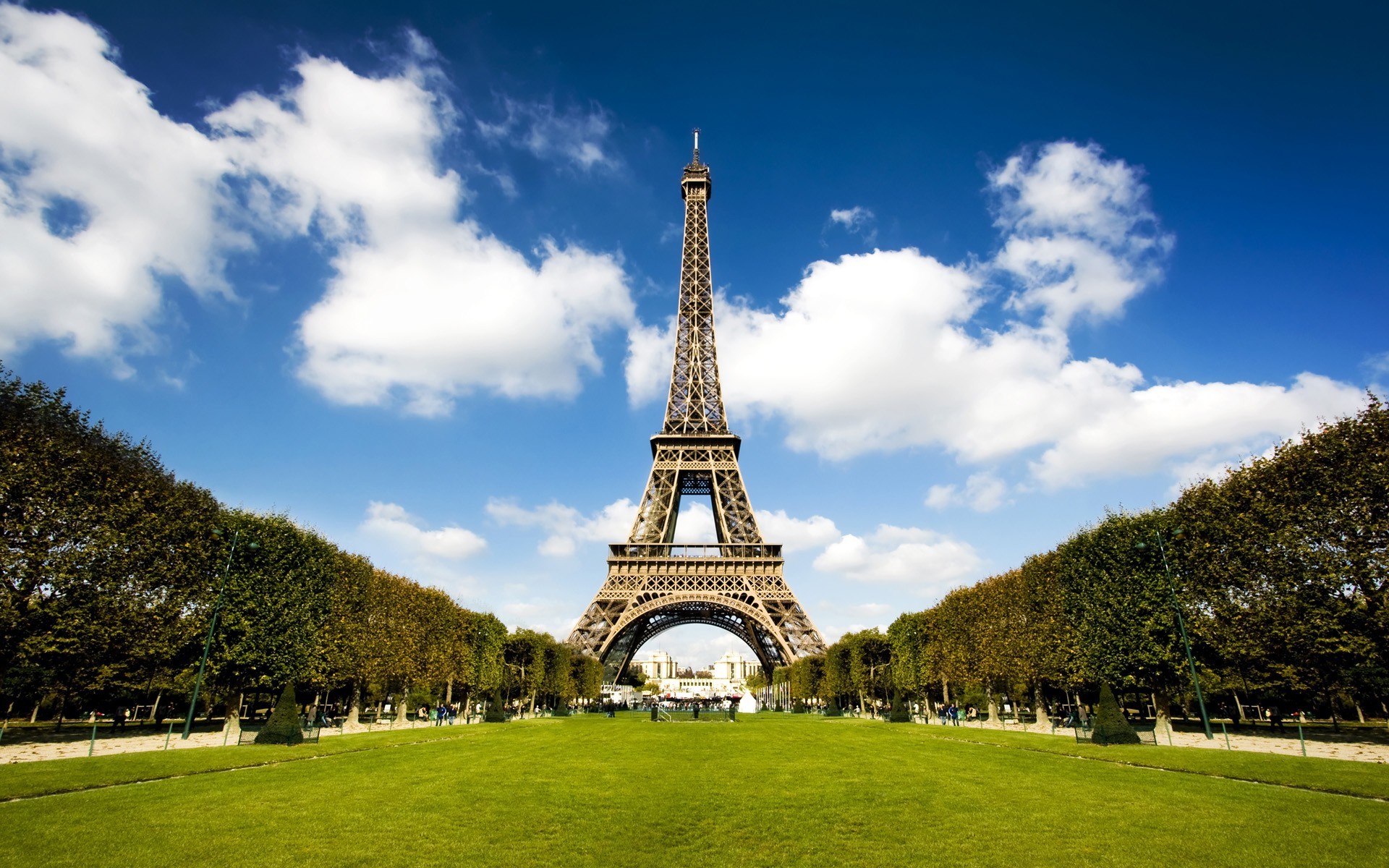
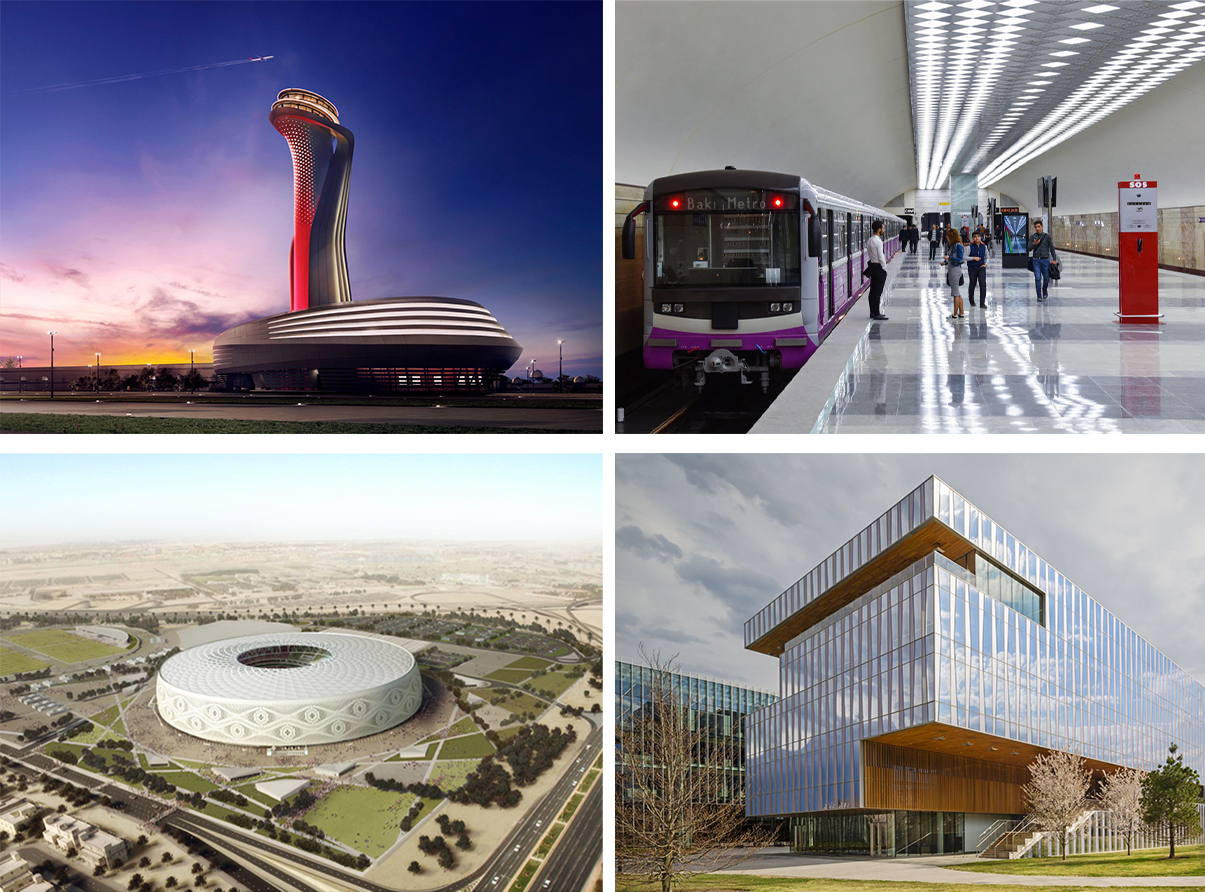

Mass Transit Infrastructure
The need for smart mass transit infrastructure is pressing in the face of urban population growth. Increasing global connectivity and business relations between countries, coupled with emerging economic powers, have created a setting in which security measures safeguarding commercial, public and critical infrastructure are a crucial element to society’s well-being.
We offer entrance and flow control solutions which are ergonomically designed, effective, and reliable for high-level security in a range of environments, including: commercial and government buildings, mass transit, airports, financial institutions, stadiums, theme parks, and tourist attractions.
Sustainability
We are conscious that climate change and environmental protection are some of the most urgent challenges we face today. At TANSA, we are tackling these challenges wherever we can – we produce more durable and energy-efficient products using recyclable materials in our environmentally friendly manufacturing facility.
As part of our sustainable business strategy, we strive to:
- Focus on our customers’ experience
- Grow in our core business
- Harness the significant potential of digitization and prioritize the implementation of networked and IoT solutions in all product ranges
- Promote new and customizable designs
- Encourage and uphold a culture of cooperation with both customers and employees that ensures future business success
Market Drivers & Trends
We closely follow market drivers and trends to develop competitive, adaptable, state-of-the-art solutions that fit seamlessly into a range of environments. The major trends that drive our production include:
- Urban population growth – driving the demand for the development of smart mass transit systems
- Critical infrastructure expansion – driving the need to protect critical infrastructure such as power plants, airports, military sites, industrial facilities, and commercial and public buildings
- Income level increase – driving private and public investment in museums, public and tourist attractions, stadiums and recreational facilities
- Global trade and travel volume increase – driving demands for new and innovative applications and solutions for airports and seaports
TANSA Code of Conduct
The purpose of the TANSA Code of Conduct is to ensure that business relations are conducted by adopting the fundamental principle of providing an honest, fair, environmentally friendly, and socially respectful working environment. The Code of Conduct outlines the standards of responsible behaviour that must be followed and offers guidance on addressing significant ethical issues. Therefore, compliance with the TANSA Code of Conduct is critical to TANSA’s success and social reputation.
In summary, the Rules of Conduct at TANSA Güvenlik Sistemleri ve Saat San. Tic. A.Ş. (“TANSA”) cover all employees’ interactions and business dealings within and outside of TANSA, including those with other employees, customers, suppliers, competitors, public institutions, and society at large. These rules form the basis of TANSA’s business conduct and include fundamental principles such as honesty, equality, justice, respect for human rights, and social responsibility, guiding our actions in alignment with these principles. These principles of conduct aim to contribute to TANSA’s long-term success and societal well-being by fostering a sustainable business environment.
TANSA Code of Conduct for Business Partners
TANSA is an organization with deep-rooted traditions that operates in the field of turnstiles and passage systems worldwide. One foundational aspect of TANSA is its commitment to corporate responsibility towards its employees, capital owners, the public, and the environment. TANSA consistently adheres to applicable laws and ethical values. It is a requirement of this corporate responsibility to operate sustainably and respect these values.
TANSA, has committed to the United Nations Global Compact principles, which encompass human rights, labor standards, environmental protection, and anti-corruption efforts across ten fields. Furthermore, TANSA adheres to the International Labor Organization (ILO) standards in their contracts. It also complies with established labor standards. As a concluding aspect, TANSA has implemented a Code of Conduct that mandates responsible behavior through binding rules.
The ‘Sustainability Conditions (TANSA Code of Conduct for Business Partners)’ are completed with the following basic principles.



